Experience: Plaszow
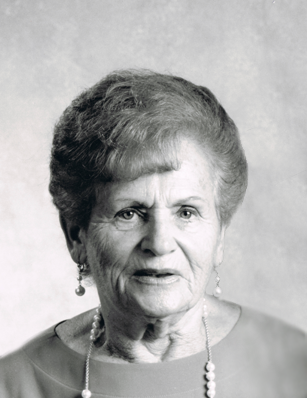
|
|
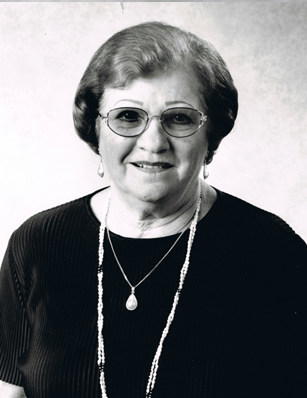
|
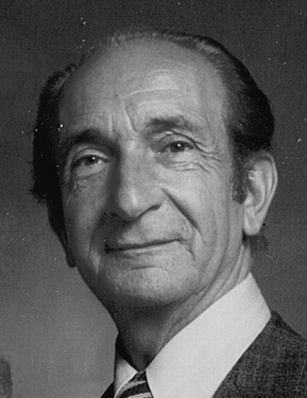
|
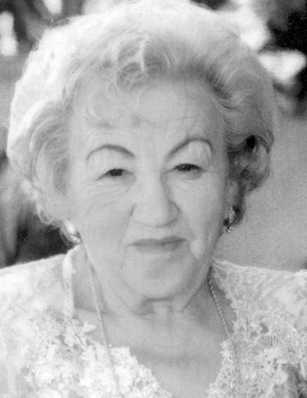
|
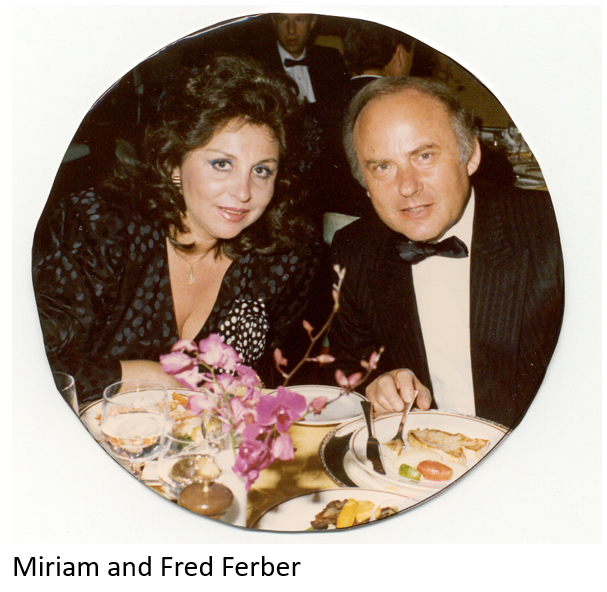
|
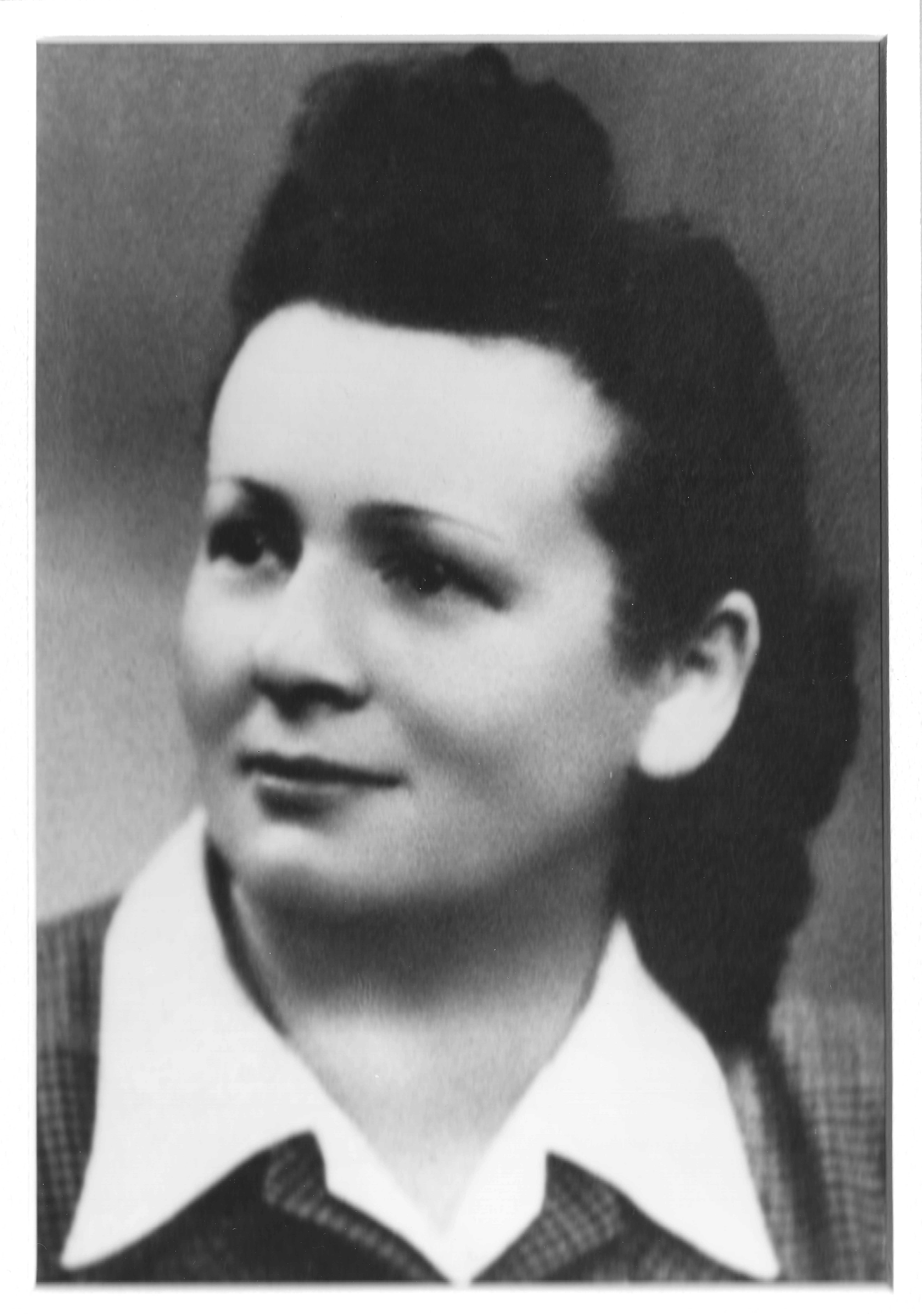
|
|
|
|
|
|
|
|
|
|
|
|
|
|
|
|
|
|
|
|
“The Plaszow camp, established in 1942 under the authority of the SS and police leaders in Krakow (Cracow), was initially a forced-labor camp for Jews. The original site of the camp included two Jewish cemeteries. From time to time the SS enlarged the camp. It reached its maximum size in 1944, the same year that it became a concentration camp. Until that time, most of the camp guards were Ukrainian police auxiliaries chosen from among Soviet soldiers in German prisoner-of-war camps and trained at the Trawniki training camp in Lublin.
“Plaszow was surrounded by an electrified barbed-wire fence and was divided into several sections. The camp had barracks for German personnel, factories, warehouses, a men's camp, and a women's camp, and a "labor education camp" for Polish workers who violated labor discipline. Poles and Jews were segregated within the camp. The largest number of people confined in Plaszow at any one time was over 20,000. Thousands were killed there, mostly by shooting.
“The German industrialist Oskar Schindler established an enamelware factory in Krakow, adjacent to Plaszow. He attempted to protect his Jewish workers, some 900 people, from abuse in Plaszow and from deportation to extermination camps. When he moved the factory and his Jewish workforce to the Sudetenland (an area formerly in Czechoslovakia) in 1944, he prevented the deportation of more than 1,000 Jews.”
United States Holocaust Memorial Museum.
“Plaszow.” Holocaust Encyclopedia.
http://www.ushmm.org/wlc/en/article.php?ModuleId=10005301
“Plaszow.” Holocaust Encyclopedia.
http://www.ushmm.org/wlc/en/article.php?ModuleId=10005301
Accessed on 6/9/11.
Instytut Pamieci Narodowej
United States Holocaust Memorial Museum.
“Plaszow.” Photo Archives.
“Plaszow.” Photo Archives.
Accessed on 6/9/11.
— Leopold Page Photographic Collection
United States Holocaust Memorial Museum.
“Plaszow.” Photo Archives.
“Plaszow.” Photo Archives.
Accessed on 6/9/11.
— Leopold Page Photographic Collection
United States Holocaust Memorial Museum.
“Plaszow.” Photo Archives.
“Plaszow.” Photo Archives.
Accessed on 6/9/11.
— Leopold Page Photographic Collection
United States Holocaust Memorial Museum.
“Plaszow.” Photo Archives.
“Plaszow.” Photo Archives.
Accessed on 6/9/11.
Contact us
thank you!
Your application is successfuly submited. We will contact you as soon as possible
thank you!
Your application is successfuly submited. Check your inbox for future updates.